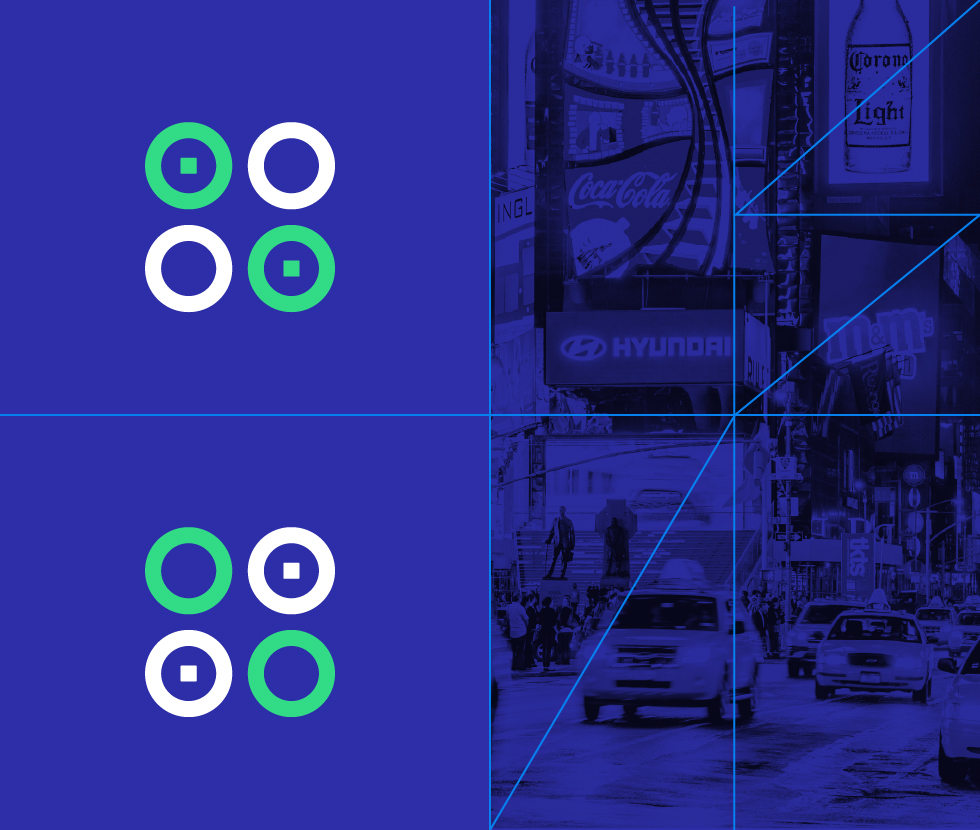Every year reports swirl that the Super Bowl is close to selling out its ad inventory well in advance, but brands may now be refocusing their sports strategies to be more targetable and measurable. Lately, we’ve seen some interesting developments when it comes to the Super Bowl’s marquee, longstanding advertisers. It appears some perennial Super Bowl mainstays have restrategized their investments in the big game, revealing in interviews that they’re looking to refocus their spend. Given this news, we wanted to dive in and see what was going on with this landmark TV event.
A quick history lesson
The Super Bowl is the biggest TV event in the world, and still garners the highest viewership most advertisers see within the traditional TV space.
Brands have always understood this to be a prestige play. Rather than devoutly tracking back to business outcomes, brands clamor to be featured alongside the biggest movie trailers and the year’s show stopping ads, operating under the assumption that this level of brand visibility brings an appropriate return on their investment.
Brands need to make sure that their dollars are working as hard as possible, and that includes the timing and the media surrounding the Super Bowl. The estimated cost of a 30-second Super Bowl spot is reported to sit around $6 million. This is a huge investment for any brand, and if campaigns don’t align perfectly or the timing doesn’t work well, this investment could be squandered.
As Adweek recently reported, Budweiser will air its Super Bowl 57 commercials only in its strongest U.S. sales markets. Most of the brand’s push will come online via social media and video channels. This suggests a strategic shift by Anheuser-Busch to media that allows for more targeting and better outcome measurement—a way to make its Super Bowl investment work in today’s landscape that is more targeted, more convergent, and allows for more outcome measurability.
What’s causing this refocus?
In recent years, new data has emerged that suggests Super Bowl ads need a boost. While big ads with big celebrities used to be a blanket solution, research has shown that audiences struggle with ad recall. Even for ads with strong recall, only a minority audience actually considers making a purchase. Targeting and outcome measurement would help turn these numbers around.
As audiences become younger, more multicultural, and increasingly fragmented, any advertising that’s overly focused on one channel will not successfully reach this fragmented market. Placements need to be hyper-targeted to hit the right audience, no matter the medium, which may be why Anheuser-Busch is taking a more targeted approach to its buys.
Furthermore, advertisers are increasingly favoring higher-frequency buys with repeated impressions and multiple weeks on-air. When it comes to events like the Super Bowl, a $6 million spend may get the largest amount of eyeballs, but many of these eyeballs may not belong to your target consumer. Spending on a Super Bowl ad can still fit into a successful marketing strategy, but this should not come at the expense of targeting or frequency.
In the new era of addressability and outcome measurability, we expect to see more savvy companies reevaluate their strategies around Super Bowl advertising, as well as advertising at other big events like the Olympics. Brands will adjust their spend to include audience-first strategies that bring proven, measurable returns.
How this affects the market moving forward
While advertisers will continue to circle events like the Super Bowl and the Olympics, and they will continue to do bustling advertising sales, they now have the ability to target and measure more precisely. Rather than making one big $6 million bet, advertisers can make events like the Super Bowl one component of a larger, even more successful advertising strategy.
Any advertiser, whether or not they’re a fixture at big games, can now leverage more measurable methods like connected TV (CTV) to determine how these ad buys influence the omnichannel customer journey, including real business outcomes.



